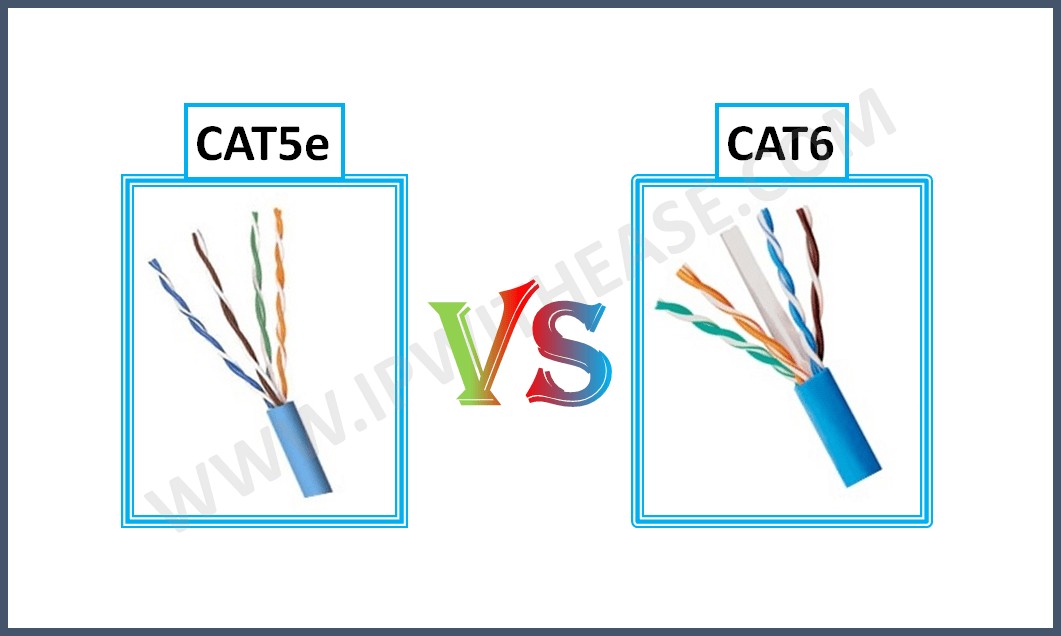

For 100BASE-TX, several encoding schemes are used which result in a maximum fundamental frequency of 31.25MHz through the cable itself. For More Bandwidth CAT5, CAT5e and CAT6, all of these are twisted-pair copper cable that is used to carry signals.

The raw data is encoded using various schemes which are described in brief in the wiki page here. In terms of how the Ethernet speed relates to frequency, that is a touch more complex. CABLECHOICE Cat5e Ethernet Cable (20 Feet - Gray) 24AWG Network Cable with Gold Plated RJ45 Snagless/Molded/Booted Connector - 1Gigabit/Sec High Speed LAN. Beyond this point the specifications of the cable are undefined by the standard - though manufacturers may well provide data at the higher frequencies. These documents specify performance characteristics and test requirements for frequencies up to 100 MHzīasically, the requirements in terms of insertion loss that must be met for a cable to be classified as Cat5 are only specified up to 100MHz. The specification for category 5 cable was defined in ANSI/TIA/EIA-568-A, with clarification in TSB-95. Here we see that at 100MHz, the loss is actually more than 20dB - a lot more than the 3dB (power gain) or 6dB (voltage gain) point that would be used to specify the bandwidth of a first order low-pass filter as the quote implies.įurther up the Wikipedia page more accurately explains where the 100MHz figure comes from: Here is one example of the insertion loss of a CAT5e cable, this for a 100m length: The longer the cable, the more lossy it is. The "insertion loss" which is a measure of the gain of the cable is dependant on both frequency, but also on length. Additionally the distributed inductance and capacitance of the cable are frequency dependent so have a more complex affect on the bandwidth. These act like an R-C low pass filter limiting the bandwidth. They will have different values of loss in the cable - generally higher frequencies more loss per foot. Due to Cat5e speed and affordability, the cable is commonly found in wired local area networks that have high-performance demands. The cable delivers less crosstalk and interference when compared to original Cat5. Signals at different frequencies (the rate of change of the voltage on the wire, whether it's audio, video, or digital) also propagate differently. Cat5e provides a bandwidth of 100MHz performance, though cables are available with up to 350MHz capabilities. The bandwidth of the cable is a result of the resistance of the cable and the fact that it is capacitive. Your CAT5e is essentially a transmission line. Basically the quote you have shown was written by someone who either didn't understand what they were talking about, or oversimplified it. Cat5 enhanced cables can deliver Gigabit Ethernet speeds of up to 1000Mbps.


 0 kommentar(er)
0 kommentar(er)
